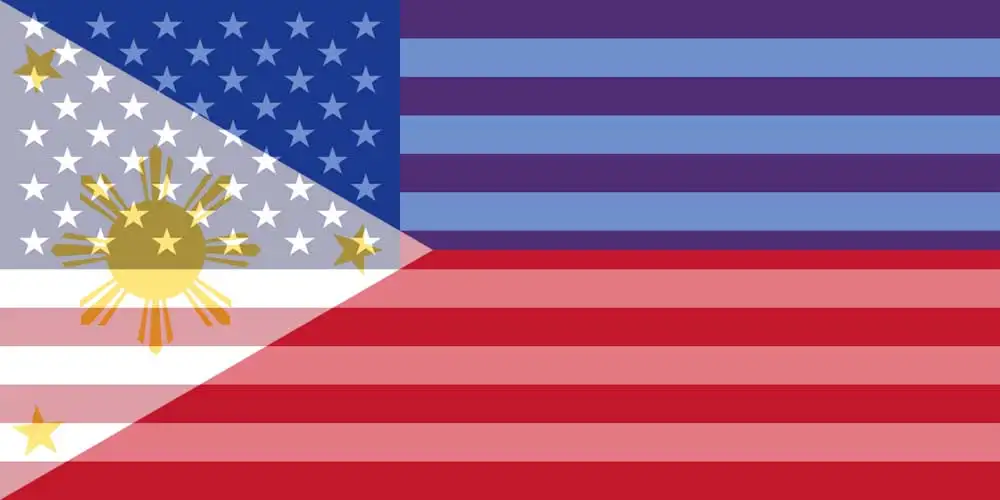Learn more about PNC Wires
Besides the FX rate markup shown in the comparison table, PNC Bank may also charge additional fixed fees for wire transfers depending on several factors, such as the type of transfer, the destination country, and the currency being sent. Here are some general guidelines for wire transfer fees with PNC Bank:
- Domestic incoming wire transfers: $15 per transaction
- Domestic outgoing wire transfers: $30 per transaction
- International incoming wire transfers: $15 per transaction
- International outgoing wire transfers: $45-$50 per transaction, depending on the destination country and currency
Note that these are the standard fees, and additional fees may apply depending on the specific circumstances of the wire transfer. For example, intermediary banks involved in the transfer may charge their own fees, which can be passed on to the customer.
Receiving an international wire transfer at PNC Bank
PNC Bank uses different bank codes depending on the currency and location of the sending bank. Here are some of the most common bank codes used for receiving foreign wire transfers:
SWIFT Code: PNCCUS33: This code is used for receiving wire transfers in U.S. dollars from foreign banks.
ABA Routing Number: 043000096: This code is used for receiving wire transfers in U.S. dollars from banks located within the United States.
CHIPS UID: 0407: This code is used for receiving wire transfers in U.S. dollars from foreign banks that are members of the Clearing House Interbank Payments System (CHIPS).
Fedwire ABA Routing Number: 043000096: This code is used for receiving wire transfers in U.S. dollars from banks located outside of the United States.
It's important to note that specific bank codes may vary depending on the currency and location of the sending bank, and it's recommended to confirm the correct codes with PNC Bank before initiating a wire transfer.
PNC Bank credit card FX fees
PNC Premier Traveler Visa Signature Credit Card: This card charges no foreign transaction fees, making it a good option for travelers who frequently make purchases in foreign currencies.
PNC Points Visa Credit Card: Similar to the Premier Traveler Visa Signature Credit Card, this card also does not charge foreign transaction fees.
PNC Cash Rewards Visa Credit Card: This card charges a foreign transaction fee of 3% of each transaction in U.S. dollars.
PNC Core Visa Credit Card: Similar to the Cash Rewards Visa Credit Card, this card also charges a foreign transaction fee of 3% of each transaction in U.S. dollars.
It's important to note that credit card terms and conditions can change, so it's always a good idea to check the current fees and policies before applying for or using a credit card for foreign transactions.
What is the
PNC Bank Send Money conversion rate for USD to PHP?
The PNC Bank USD to PHP exchange rate is 51.49. This is -10% compared to the latest USD-PHP mid-market rate 57.20.
As exchange rates can vary
significantly between banks and also between currency exchange providers,
it's therefore important to carefully compare
US dollar (USD) to Philippine peso (PHP) rates from different sources before making a conversion.
The above
PNC Bank - Dollar to Peso comparison table
makes it easy to compare the Total Fees (both variable and fixed) you are being charged by
PNC Bank and other foreign exchange providers against the latest USD-PHP mid-rate and the possible savings of using various providers.
How do PNC Bank USD-PHP rates compare between providers?
Looking at the full
USD to PHP - Send Money comparison table the provider with the best USD to PHP exchange rate is OFX at 56.91, -0.51% from the latest mid-market rate 57.20.
The next best is XE at 56.86, -0.59% from the mid-rate.
Then Wise at 56.83, which is -0.65% from the mid-rate.
The Western Union rate is 56.63 which is -1% from the mid-rate.
Among the banks the Chase Bank rate is 51.67 at -9.7% the Wells Fargo Bank rate is 51.32 at -10.3% and the Citibank rate is 53.95 at -5.7% compared to the mid-rate 57.20.
It's important to note that exchange rates also fluctuate frequently due to market conditions. Additionally,
banks like PNC Bank often apply a margin to the exchange rate, resulting in a less favorable rate for customers compared to the mid-market rate.
For more competitive rates, you might consider using a specialized currency exchange service
or platforms that offer rates closer to the mid-market rate.
Compare USD to PHP Transfer Rates


